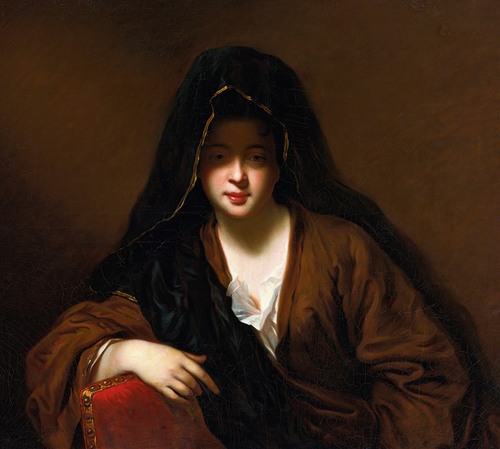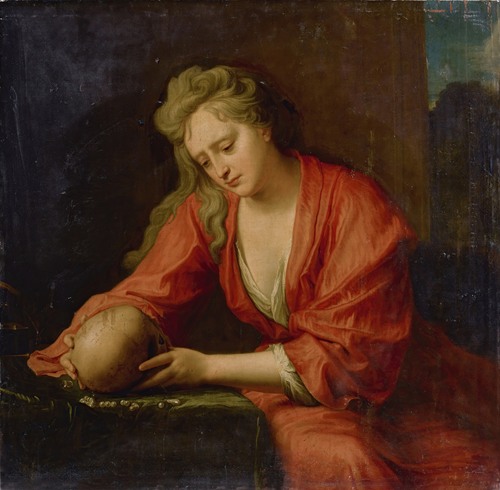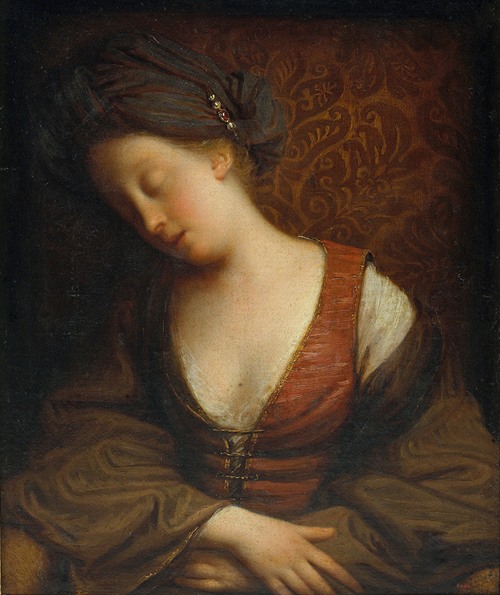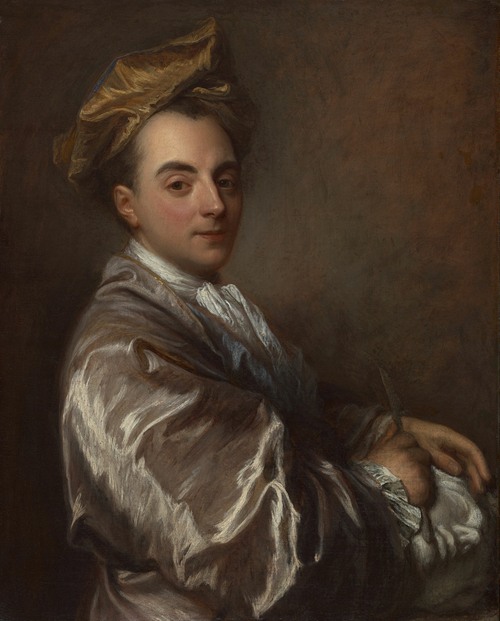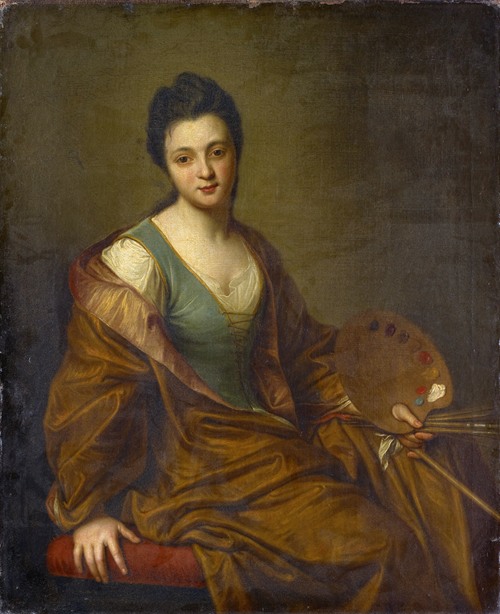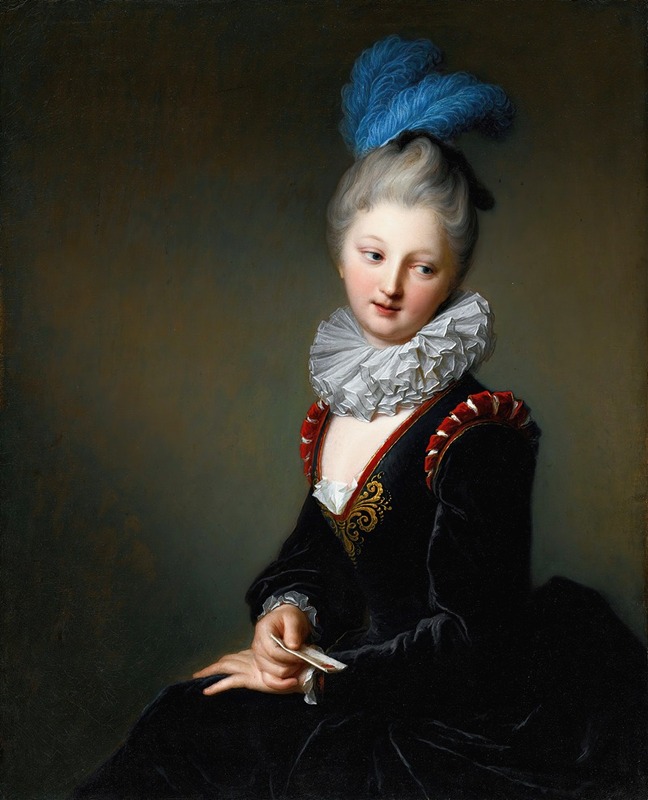
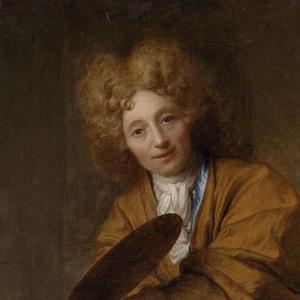
Jean-Baptiste Santerre was a French painter, mainly active in Paris. Exponent of the Style Louis XIV, he was known for his religious scenes, portraits and genre subjects, and was often viewed as a precursor of the Rococo era painting, including its primary exponents.
Born in Magny-en-Vexin near Pontoise on 23 March 1651, Jean-Baptiste Santerre was the twelfth child of André Santerre, a merchant. He was apprenticed to the portrait painter François Lemaire (1620–1688), before entering the studio of the history painter Bon Boullogne. Although he executed some history paintings, he began to specialize in portraits early in his career, influenced by his French contemporaries Hyacinthe Rigaud and François de Troy; at the same time, Santerre became among the first painters in France to bring Dutch and Flemish influences, notably from Rembrandt and Anthony van Dyck. In his art, Santerre made an original contribution by combining the fantasy portrait of Northern tradition with the allegorical portrait, then fashionable in French painting.
Having been approved (agrée) into the Academy of Painting and Sculpture in 1698, Santerre was accepted as full member (reçu) in October 1704, after presenting Susanna at the Bath, now in the Louvre, and an untraced portrait of the painter Noël Coypel; also in 1704, he exhibited some of his works at the Salon. Santerre's success at the Academy provided him official commissions for more conventional portraits, among them that of the mother of King Louis XV, Marie Adélaïde of Savoy, influenced by the elder Troy's portrait of the Duchess of Maine. Beside from Susanna at the Bath and a Weeping Magdalen, Santerre's religious paintings notably include Ecstasy of Saint Teresa, a commission by King Louis XIV for the Chapel of Versailles that caused a scandal in ecclesiastical circles, given the subject's erotic character inspired by Bernini's statue.
Towards 1712, Santerre received a pension from the King, as well as a studio and lodging in the Louvre. After Louis XIV's death in 1715, Santerre became an ordinary painter at the court of the Regent of France, the Duke of Orleans; among his later works are a portrait of the Regent now in the Birmingham Museum and Art Gallery, exhibiting an influence from Rigaud's portraiture, and a double portrait in the Palace of Versailles of the Regent and his mistress, Madame de Parabère, with the latter appearing as Minerva. Adam and Eve of c. 1716–1717, also believed to be a double portrait of the Regent and Madame de Parabère, turned out to be Santerre's last work, made shortly before his death on 21 November 1717; on his death, he was reputed to have destroyed a notebook of his nude studies, which he considered to be indecent.
